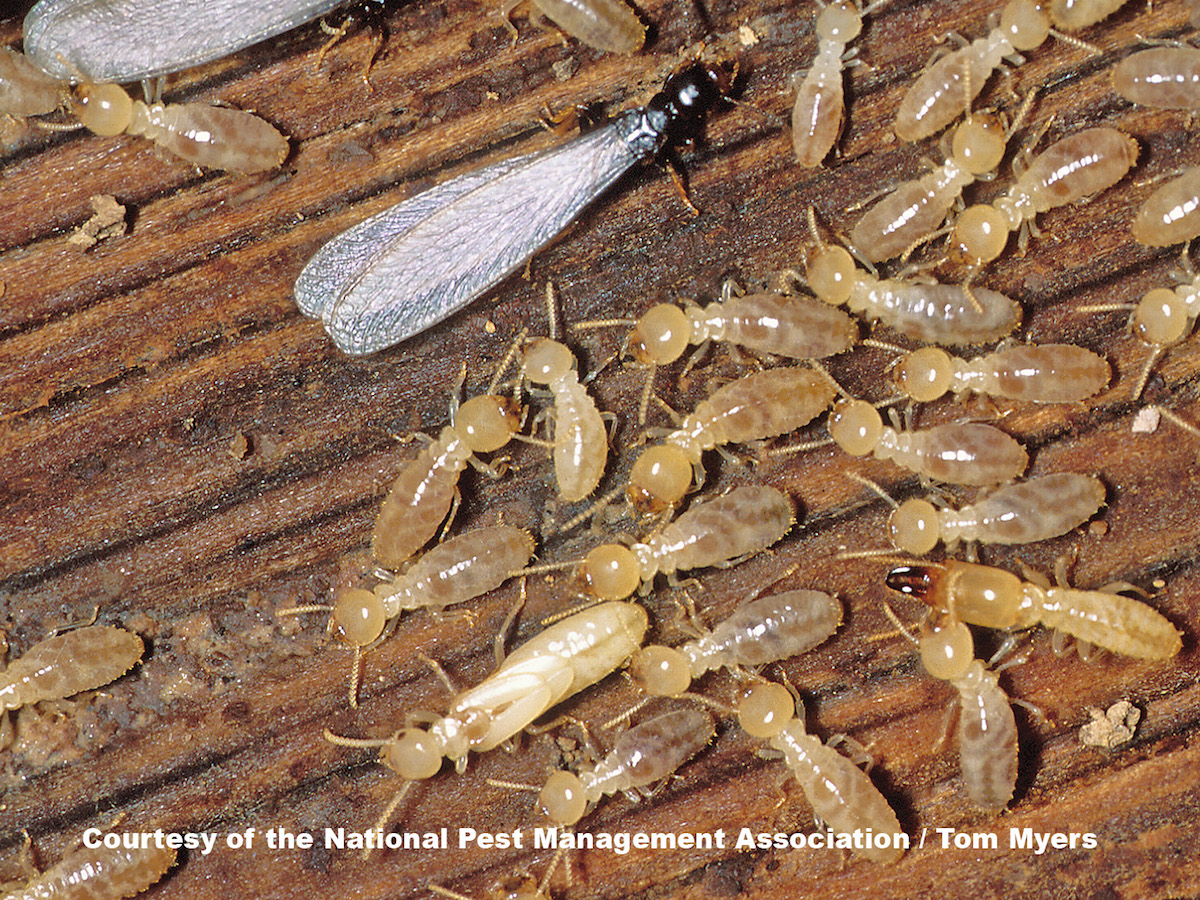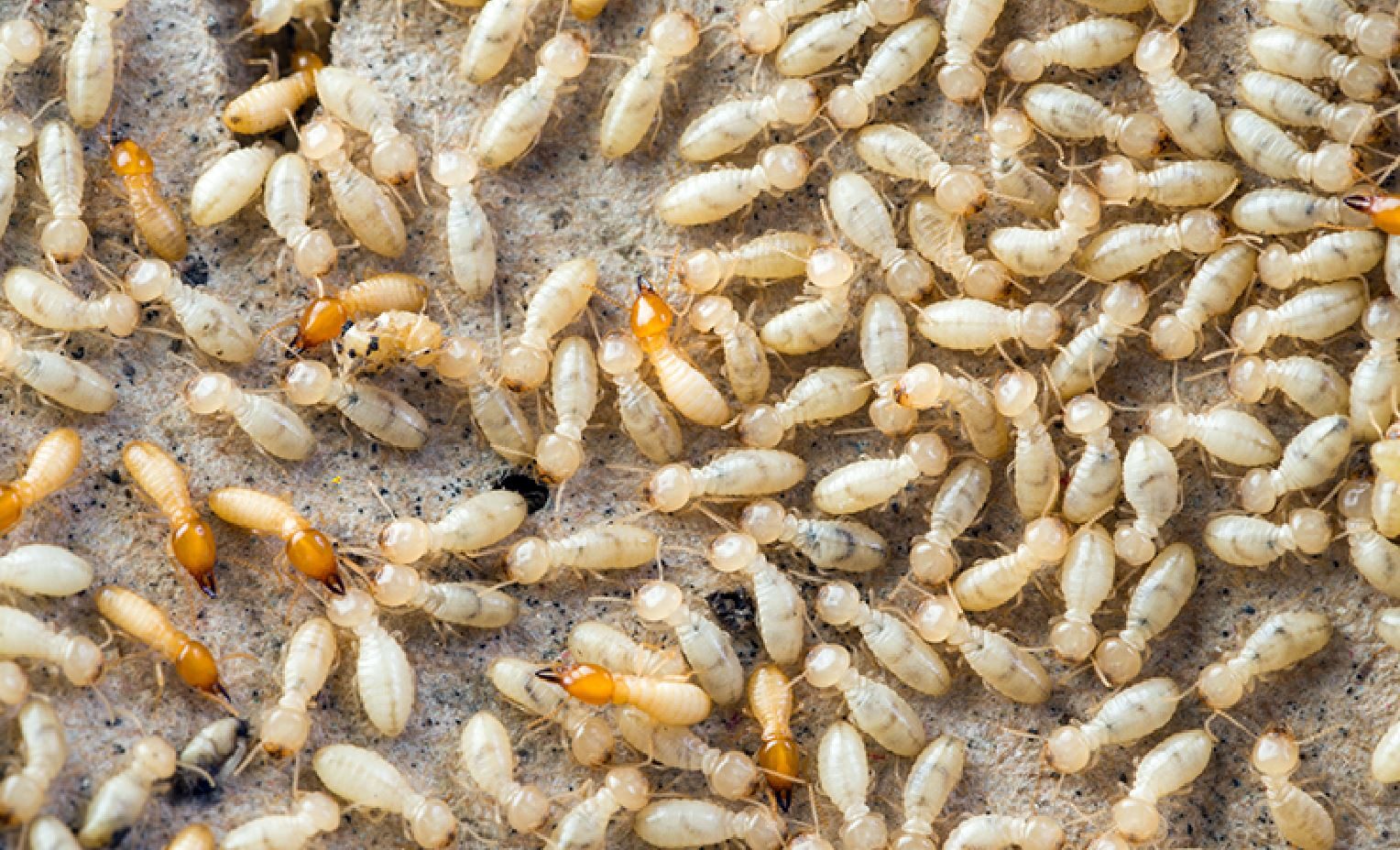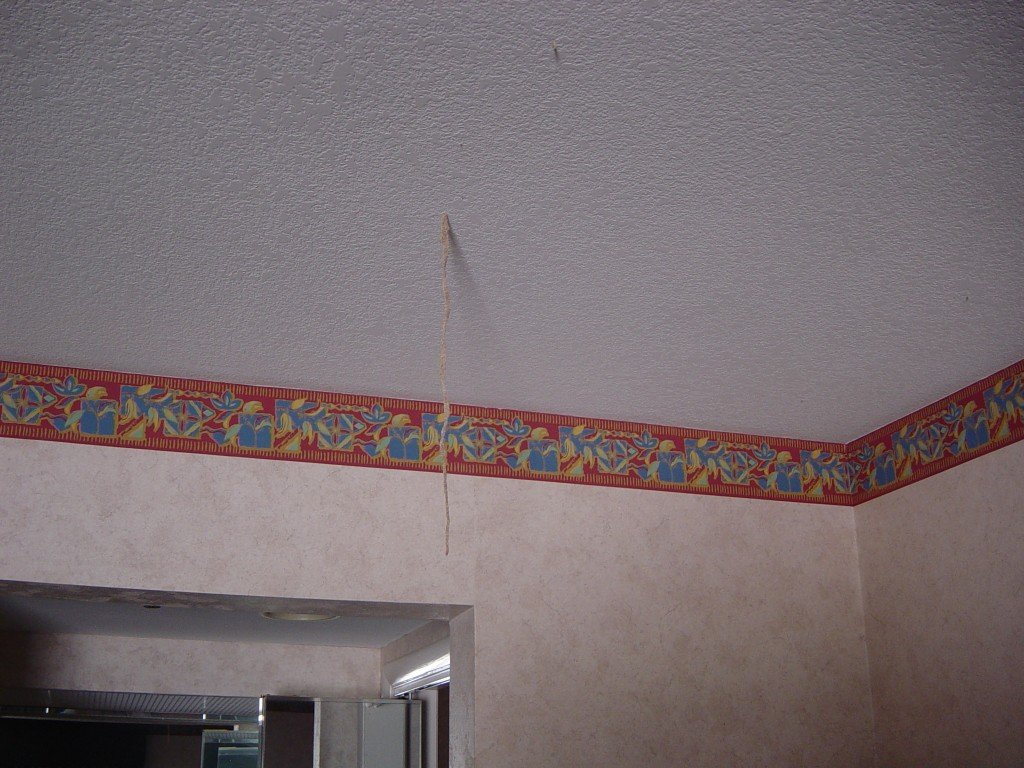Termites are one of the most destructive pests that can cause severe damage to your home. Knowing how to detect and treat an infestation of termites in your ceiling is an essential part of maintaining your home. In this article, we will discuss early stage signs of termites in your ceiling and how to detect and treat an infestation.
What Are Termites?

Termites are small, whitish insects that feed on wood and other cellulose materials. They can cause extensive damage to structures such as buildings, furniture, and trees if left unchecked. Termites are social insects that live in colonies and are divided into workers, soldiers, and reproductive forms. They are generally found in moist, warm environments in the southern United States and other areas of the world.
| Class | Size | Color | Habitat |
|---|---|---|---|
| Worker | 1/4 inch | White | Dark, moist areas |
| Soldier | 1/2 inch | White | Dark, moist areas |
| Reproductive | 3/8 inch | Brown | Dark, moist areas |
Termites are known to tunnel through wood and other cellulose materials, leaving a distinct pattern of trails in their wake. They are also able to fly, allowing them to spread quickly and build new colonies. As they feed, they often leave behind a sawdust-like material, which is a sign of their presence.
Early Signs of Termites in Ceiling
1. Small Holes in Ceiling
Termite damage can often start off as small holes in your ceiling. These may be difficult to spot, but if you look closely, you may notice them.
2. Swarms of Winged Insects
If you start to see a swarm of small, winged insects near your ceiling, it could be a sign of termites.
3. Droppings
Termites can also leave their droppings on your ceiling. These droppings look like sawdust and can be a sign of a termite infestation.
4. Stained Ceiling
If your ceiling starts to have a discolored or stained appearance, it could be a sign of a termite infestation.
5. Musty Odor
A termite infestation can also give off a musty odor. If you start to notice a musty smell in your home, it could be a sign of termites.
6. Sagging Ceiling
If your ceiling starts to sag or droop, it could be a sign of a termite infestation. Termites can chew through the wood, causing it to weaken over time.
7. Discarded Wings
Discarded wings of termites can also be a sign of a termite infestation. These wings are usually found near windows and doors, and can be a sign that termites are nearby.
8. White Ants

White ants, or winged termites, may be seen swarming around the infected area. These termites are easily identifiable due to their white wings, which they shed shortly after they swarm. These white ants are the reproductive caste of the termite colony, and are capable of forming new colonies if not destroyed.
9. Mud Tubes
| What are Mud Tubes? | Mud tubes are thin, pencil-width tubes made of mud and saliva that termites use to travel between their food source and their nest. |
| What do they look like? | Mud tubes are usually light in color and can be found along walls and ceilings. |
| Where can they be found? | Mud tubes can often be found in ceilings, along walls, and around windows and doors. |
| How to inspect? | Inspect for mud tubes by running your hand along ceiling and wall surfaces. If you find any mud tubes, break them open to look for live termites. |
How to Get Rid of Termites in Ceiling
If you have noticed early signs of termites in your ceiling, then you need to act quickly and take the necessary steps to get rid of them. Here are the steps you need to take to get rid of termites in your ceiling:
1. Inspect the area thoroughly: Make sure that you inspect the affected area thoroughly and identify all possible entry points.
2. Seal all entry points: Seal or repair any cracks or other entry points that you find, to prevent termites from entering your home.
3. Use baits and traps: Place baits and traps around the affected area to lure and trap the termites.
4. Use sprays and pesticides: Use sprays and pesticides to kill the termites. Make sure that you follow the instructions carefully and wear protective gear when you apply these chemicals.
5. Monitor the area regularly: Monitor the area regularly for any signs of termite activity.
6. Call a professional: If the infestation is severe, then it is best to call a professional pest control company to help you get rid of the termites.
By following these steps, you will be able to get rid of termites in your ceiling and prevent future infestations.
Frequently Asked Questions
What are the early stage signs of termites in your ceiling?
Termites can cause extensive damage to your home and can be difficult to spot in the early stages. Look out for small holes in the ceiling or discolouration and bubbling of the paint. You may also spot small droppings and wings near the holes. Additionally, you may hear a faint clicking sound coming from the ceiling. If you notice any of these signs, contact a pest control professional for further inspection.
How can I detect a termite infestation in my ceiling?
Signs of an infestation can include mud tubes on exterior walls, discoloration or bubbling of paint, small piles of wood-colored droppings, or swarms of flying insects around windows and doors. Additionally, you may be able to see the termites themselves, or find evidence of their damage in the form of small holes or tunnels in the ceiling, walls or wood furniture. If you suspect termites, contact a licensed pest control professional for an inspection and treatment recommendations.
What should I do if I find termites falling from my ceiling?
If you find termites falling from your ceiling or other areas of your home, it is important to take immediate action. You should contact a pest control specialist to assess the damage and provide the necessary treatment. A professional can help identify the species of termite, assess the extent of the infestation, and advise on the best course of action. Additionally, you should repair any damaged wood or other materials and seal any potential entry points in your home to prevent further infestations.
What are the best methods for treating a termite infestation?
The best methods for treating a termite infestation involve locating the source of the infestation, eliminating the source, and then replacing or treating any affected wood. If the infestation is extensive, professional pest control services may be necessary. Treatment options can include baiting systems, chemical treatments, and fumigation.
How can I prevent termites from infesting my ceiling?
Conduct regular inspections of your ceiling and surrounding areas for signs of termites. Seal any cracks or crevices in your ceiling to prevent termites from entering. Maintain a clean, dry environment around your home to discourage termites from nesting in the area. Install a physical or chemical barrier between the soil and your home’s foundation to prevent termites from tunneling into your ceiling. Remove any dead wood or debris from around the foundation of your home.
Conclusion
Termites can cause serious damage to your ceiling if they are left undetected and untreated. Therefore, it is important to be aware of the early signs of infestation and take the necessary steps to prevent and treat the problem. If you suspect you may have a termite infestation, contact a professional pest control company to help identify and eradicate the problem.







